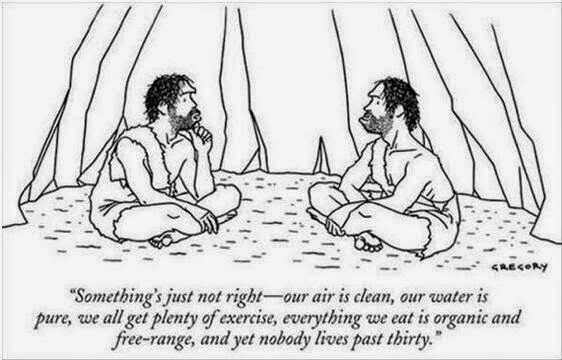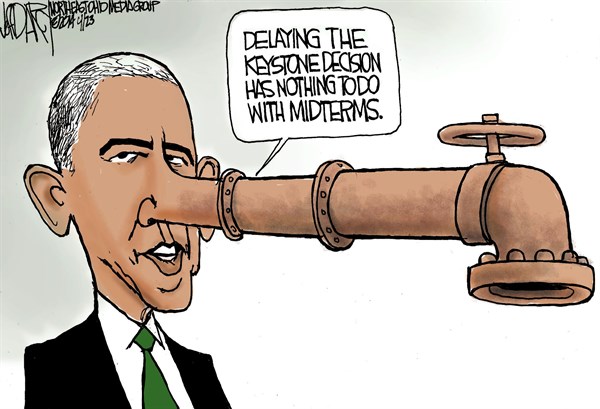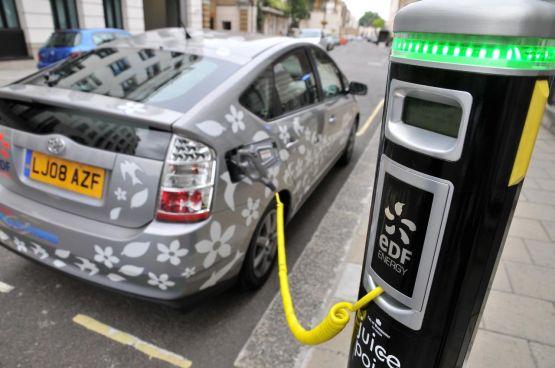The Green Thing
Checking out at the store, the young cashier suggested to the much older lady that she should bring her own grocery bags, because plastic bags are not good for the environment.
The woman apologized to the young girl and explained, “We didn’t have this ‘green thing’ back in my earlier days.”
The young clerk responded, “That’s our problem today. Your generation did not care enough to save our environment for future generations.”
The older lady said that she was right — our generation didn’t have the “green thing” in its day. The older lady went on to explain:
Back then, we returned milk bottles, soda bottles and beer bottles to the store. The store sent them back to the plant to be washed and sterilized and refilled, so it could use the same bottles over and over. So they really were recycled. But we didn’t have the “green thing” back in our day.
Grocery stores bagged our groceries in brown paper bags that we reused for numerous things. Most memorable besides household garbage bags was the use of brown paper bags as book covers for our school books. This was to ensure that public property (the books provided for our use by the school) was not defaced by our scribbling’s. Then we were able to personalize our books on the brown paper bags. But, too bad we didn’t do the “green thing” back then.
We walked upstairs because we didn’t have an escalator in every store and office building. We walked to the grocery store and didn’t climb into a 300-horsepower machine every time we had to go two blocks.
But she was right. We didn’t have the “green thing” in our day.
Back then, we washed the baby’s diapers because we didn’t have the throw away kind. We dried clothes on a line, not in an energy-gobbling machine burning up 220 volts. Wind and solar power really did dry our clothes back in our early days. Kids got hand-me-down clothes from their brothers or sisters, not always brand-new clothing.
But that young lady is right; we didn’t have the “green thing” back in our day.
Back then we had one TV, or radio, in the house — not a TV in every room. And the TV had a small screen the size of a handkerchief (remember them?), not a screen the size of the state of Montana. In the kitchen, we blended and stirred by hand because we didn’t have electric machines to do everything for us. When we packaged a fragile item to send in the mail, we used wadded up old newspapers to cushion it, not Styrofoam or plastic bubble wrap. Back then, we didn’t fire up an engine and burn gasoline just to cut the lawn. We used a push mower that ran on human power. We exercised by working, so we didn’t need to go to a health club to run on treadmills that operate on electricity.
But she’s right; we didn’t have the “green thing” back then.
We drank from a fountain when we were thirsty, instead of using a cup or a plastic bottle every time we had a drink of water. We refilled writing pens with ink instead of buying a new pen, and we replaced the razor blade in a razor instead of throwing away the whole razor just because the blade got dull.
But we didn’t have the “green thing” back then.
Back then, people took the streetcar or a bus and kids rode their bikes to school or walked instead of turning their moms into a 24-hour taxi service in the family’s $45,000 SUV or van, which cost what a whole house did before the “green thing”. We had one electrical outlet in a room, not an entire bank of sockets to power a dozen appliances. And we didn’t need a computerized gadget to receive a signal beamed from satellites 23,000 miles out in space in order to find the nearest burger joint.
But isn’t it sad the current generation laments how wasteful we old folks were just because we didn’t have the “green thing” back then?
Please forward this on to another selfish old person who needs a lesson in conservation from a smart ass young person.
Electric Cars Bad For The Environment
Who didn’t see this coming?
Electric cars might pollute much more than gas powered or diesel-powered cars, according to new research.
The Norwegian University of Science and Technology study found greenhouse gas emissions rose dramatically if coal was used to produce the electricity.
Electric car factories also emitted more toxic waste than conventional car factories, their report in the Journal of Industrial Ecology said.
“The production phase of electric vehicles proved substantially more environmentally intensive,” the report said, comparing it to how petrol and diesel cars are made.
“The global warming potential from electric vehicle production is about twice that of conventional vehicles.”
In addition, producing batteries and electric motors requires a lot of toxic minerals such as nickel, copper and aluminium.
Hence, the acidification impact is much greater than that of conventional car production.
“Across the other impacts considered in the analysis including potential for effects related to acid rain, airborne particulate matter, smog, human toxicity, ecosystem toxicity and depletion of fossil fuel and mineral resources, electric vehicles consistently perform worse or on par with modern internal combustion engine vehicles, despite virtually zero direct emissions during operation,” according to Prof Stromman.




